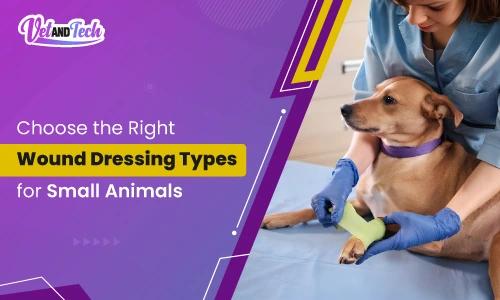E is for Elegant Extraction
Written by:
Jan Bellows,
DVM, DAVDC,
DBVP, FAVD
Bellows received his undergraduate training at the University of Florida and his doctorate in veterinary medicine from Auburn University. After completing an internship at the Animal Medical Center in New York, New York, he returned to Florida, where he practiced companion animal medicine surgery and dentistry at All Pets Dental in Weston. He has been certified by the American Board of Veterinary Practitioners (canine and feline) since 1986 and the AmericanVeterinary Dental College (AVDC) since 1990. He was president of the AVDC from 2012 to 2014 and is president of the Foundation for Veterinary Dentistry.
E is for Elegant Extraction
A crown amputation is described and reasons for the procedure are discussed.
When to Extract
Extractions are indicated when stage IV periodontal disease is present (the tooth has more than 50% support loss based on probing depths, greater than stage III mobility, stage III furcation exposure, or when the gingival recession has progressed past the mucogingival line). Extraction is also the best therapy for stage III periodontal disease, where the tooth has 25% to 50% support loss, and the owner or the patient will not allow appropriate home care.
Some fractured teeth are best extracted, especially those with pulp exposure plus stage III or IV periodontal disease, marked internal resorption, or when root canal therapy is impossible because of the owner’s wishes or the practice’s capability and lack of referral option.
Extractions are also indicated to treat tooth resorptions exposed to the oral cavity. Some feline gingivostomatitis patients that do not respond to home care benefit from the extraction of the teeth away from the canines, and those that still do not respond should have all the teeth extracted. Supernumerary teeth that cause crowding, predisposing the regular teeth to periodontal disease, should be extracted. Additionally, persistent deciduous teeth should be removed as soon as possible at the time of diagnosis to prevent the potentially harmful malposition of the adult teeth.
Complications of Routine Extractions
Consider why complications occasionally occur during extractions:
- Excessive pressure on the crown/ root interface leads to a root fracture.
- Excessive bleeding secondary to inadvertently excising neurovascular bundles occurs during the removal of buccal alveolus, creating improved exposure.
- Mandibular jaw separations are caused by excessive pressure on bone weakened by apical periodontitis.
Fortunately, these complications can be mitigated by first performing crown amputations.
Key Takeaway
Removing the crown as part of the extraction process is a win for all. It decreases the flap size needed to access the buccal alveolus, allows excellent visualization of the roots, decreases hemorrhage from inadvertently incising arterial supply, and decreases root fracture during extraction and stress.
Elegance is a good thing.
Instrumentation
The following devices are recommended for extractions:
#11 scalpel blade and blade holder
#701 surgical bur (not #701 long bur)
#2 flat Molt elevator
Set of sharpened wing-tipped elevators
4-0 catgut on a reverse cutting P-3 needle
Football diamond bur
Operative Technique
1) Administer local anesthesia.
2) Insert the scalpel blade into the gingival sulcus and advance is apically 360 degrees to incise the coronal periodontal ligament.
3) Create a buccal full-thickness mucoperiosteal envelope or pedicle flap, including the surface mucosa, submucosa, and periosteum.
4) Use a #701 surgical tapered crosscut fissure bur to create a gutter of bone apical to the cementoenamel junction.
5) Position the bur horizontally at the cementoenamel junction to remove the crown.

6) Lift the crown gently off the roots using extraction forceps.

7) Use the #701 surgical tapered crosscut fissure bur to create a moat around the root(s) to facilitate the insertion of the sharpened wing-tipped elevator blade.


8) Remove sufficient buccal alveolar bone to expose the root surface.

9) Apply moderate torsion with an appropriate-sized wing-tipped elevator circumferentially until marked root mobility is created.

10) Remove the roots with a root tooth tip pick or fine extraction forceps.

11) Clear the sharp alveolar crest with the football diamond bur before suturing.
12) Enlarge the flap if needed to facilitate tension-free closure.








